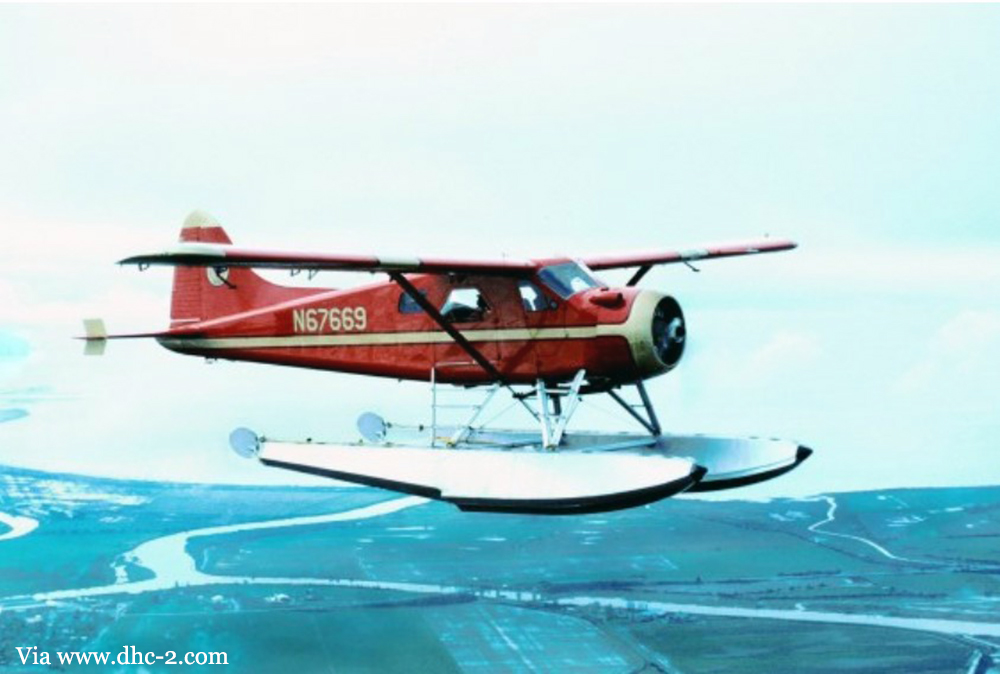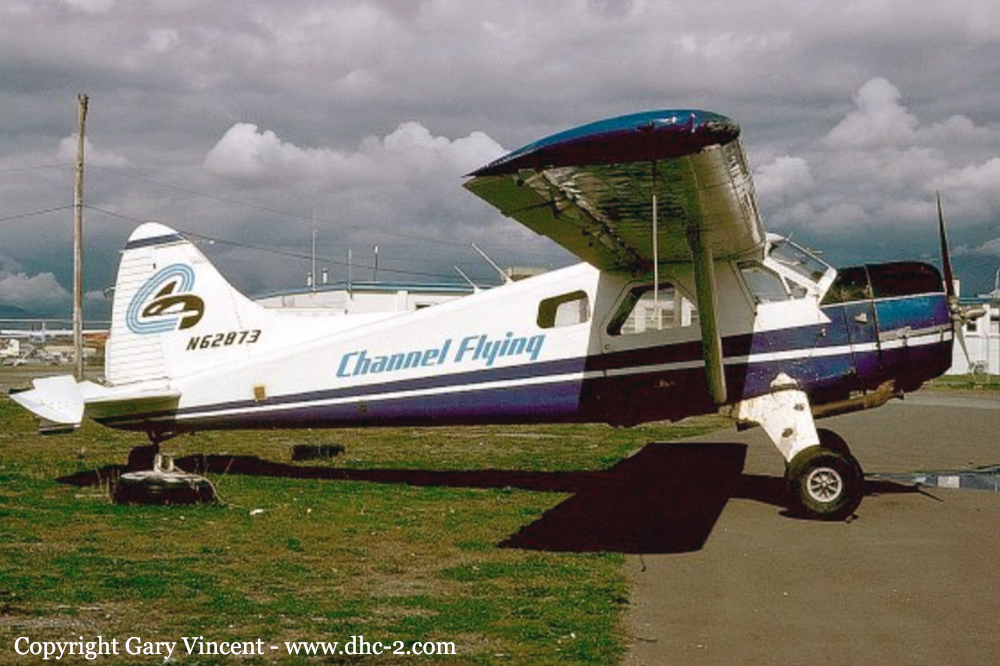Crash of a De Havilland DHC-2 Beaver off Angoon: 1 killed
Date & Time:
May 29, 1989 at 1245 LT
Registration:
N67669
Survivors:
No
Schedule:
Juneau - Angoon
MSN:
917
YOM:
1956
Crew on board:
1
Crew fatalities:
Pax on board:
0
Pax fatalities:
Other fatalities:
Total fatalities:
1
Captain / Total hours on type:
150.00
Aircraft flight hours:
11313
Circumstances:
The pilot landed the amphibian landing gear equipped aircraft on water with the wheels extended, and the aircraft flipped over to an inverted attitude on touchdown. The pilot, sole on board, was killed.
Probable cause:
Pilot failed to assure the landing gear on the amphibious floats were retracted for the water landing.
Final Report:










